A Thrill-Seeker's Survival Guide to Adventure in Canada
Canada's abundance of great ski resorts and slopes are perfect for winter sports, but are also where danger is just around the corner. Check out our expert tips to help keep you safe on the snow.
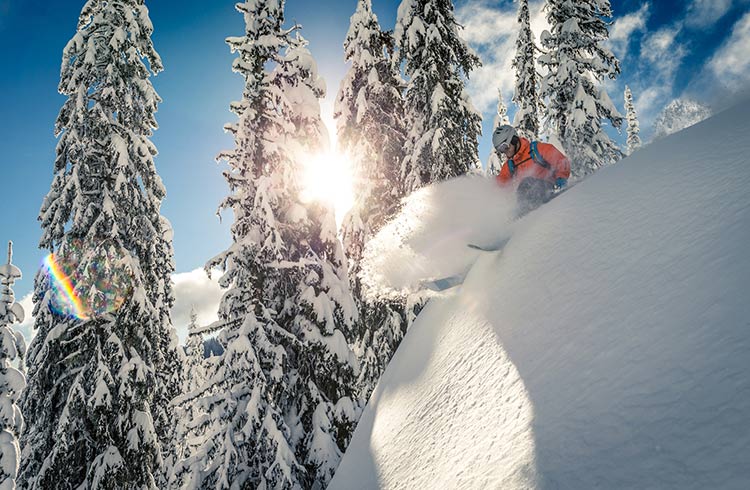 Photo © iStock/ZargonDesign
Photo © iStock/ZargonDesign
All sorts of wheeled and winged devices can be found flying down or above the slopes once the snow is gone in summer, but the search for an adrenaline rush can be a dangerous exercise. If you don't want to come home in a cast, its important to balance thrill seeking with safety whether you're on the slopes, in a kayak, horse-back riding or wearing your best hiking boots.
- Staying Safe on the Ski Fields
- Heli-Skiing and Going Off-Piste
- Cross-Country Skiing
- Choosing an Ethical Dog Sledding Tour Operator
- Mountain Bike Riding
- Horse Riding
- White Water Rafting
Staying Safe on the Ski Fields
Canada is home to some of the biggest and best ski resorts in North America. Well funded, well maintained and well staffed, they are incredibly safe to learn or master your downhill skills. Yet hundreds of preventable injuries reported on Canadian ski fields each year, caused by a lack of proper gear, training, knowledge or consideration for fellow skiers.
Unless you want to be the inevitable injured individual sipping hot chocolate all day in the chalet, it's best to keep a few tips in mind:
1. Finding the Right Gear
Finding the right gear is the all-important first step on any skiing holiday. Ill-fitting equipment is not only a danger to yourself, badly measured fitting boots and bindings can make you a danger to others.
If you use your own equipment make sure to get it checked and don't rely on hand-me-downs that don't fit properly.
If youre hiring gear, make sure you take time to get sized-up carefully. Ski shops in the major resorts can get a bit hectic, but if you feel like the staff are rushing you through, say something. Poorly fitted boots are a nightmare for your feet, and few words now could save you a lot of time and discomfort down the track.
2. Wear a Helmet
Helmets are always a good idea, from sore-bottomed beginners to back-flipping wizards – it doesn't matter who you are or your skillset.
The Canadian Standards Association says helmets can reduce the risk of head injury by 60%. While the push for laws mandating head protection has met little official success so far, Vancouver-based company Intrawest, which runs Whistler-Blackcomb among other resorts, now requires kids and teens taking lessons to wear helmets.
Anyone wanting to try their luck in the terrain parks will also have to strap on helmet.
3. Lessons for First-timers
Once you reach the mountain, it's wise to invest in at least one lesson, or find a local guide to help you get a handle on the slopes.
4. Ski to Your Level
Always ski to your level. Beginners may feel confident after a few lessons, but don't charge headlong into a double-diamond run.
5. Follow the Skier's Responsibility Code
Most resorts will display a copy of Skier's Responsibility Code, which encourages you to be considerate of others, aware of your surroundings, and to maintain control at all times.
Heli-Skiing and Going Off-Piste
The more experienced may want to challenge themselves with some heli-skiing or off-piste runs. This will not only increase your chance of injury, but also reduces the chance of quick and easy treatment if something does go wrong. With that in mind, there are a few extra precautions to take if you want to head of the beaten path.
1. Avalanche Safety
Avalanches are a real concern when skiing in the backcountry. Resorts take a lot of time to reduce the threat on and around their own runs but the farther you stray from marked slopes the greater the risk becomes.
2. Skill Doesn't Make Up for Local Knowledge
Never head off-piste without an instructor, guide, or a friend who knows the slopes. No amount of skill will make up for local knowledge, both in terms of safety and finding the best spots.
3. Be Prepared
Make sure you‘re well prepared before you head out. Make sure you‘re well kitted out with a tracker beacon, shovel, satellite phone or radio, and plenty to eat and drink. Avalanche packs are a good idea.
4. Know Who to Call in an Emergency
The nearest ski resort will have info on hazard reduction operations and avalanche dangers as well as local emergency and rescue contacts. Dialling 911 from a satellite phone within Canada will connect you to an international call center in Ottawa, wasting precious time as they relay you to the right people.
If you're going out with a tour company they should provide all of the above, but make sure to check. An avalanche safety course is also a good investment. Some tour companies will require you complete one before heading off.
As a general rule the danger of avalanches is greater on wind-loaded slopes, slopes steeper than 30 degrees, and those above terrain traps. It's important to know the signs of frostbite and hypothermia and how to treat them in case of an emergency.
Cross-Country Skiing
If you want a change of pace, cross-country skiing can be an enjoyable challenge. But even without the speed of downhill skiing, there are risks involved. All the same safety rules apply, as well as few extras.
Firstly, they are completely different sports. Don't assume just because you've mastered one you'll be similarly skilled at the other.
Secondly, cross-country tracks tend to a lot quieter, with less staff and skiers passing by. Let someone know where you're going and when you'll be back, so if something does go wrong, you'll be missed.
Don't cross rivers or lakes without definite knowledge of the thickness of the ice. Ski centers will warn about thin ice and danger areas. It's best to stick to marked paths, but take a detailed map with you – just in case you get lost.
Choosing an Ethical Dog Sledding Tour Operator
Dog sledding is another great Canadian adventure. There are plenty of tours in the Yukon and Northwest Territories that will also take you up to see the northern lights.
However, when choosing a tour operator, make sure to look for a company that practices ethical treatment of their animals. This issue was highlighted after one company had 100 dogs shot over two days, claiming a sharp drop in bookings following the 2010 Winter Olympics.
Cruel treatment is not only horrible for the dogs, but watching the animals suffer is sure to tarnish your experience. Mistreated dogs will also become more aggressive and dangerous towards you. That said, they are pack animals, not pets. Don't try to get too cosy with them and don't be surprised if your tour operator shows a little tough love, it's important to establish him or herself as the top dog.
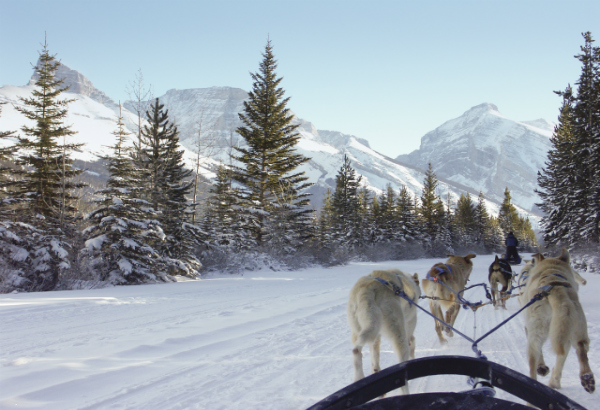
Mountain Bike Riding
Melting snow in summer doesn't mean Canada's slopes get any quieter. Many of the lifts stay open to accommodate mountain bikers and trail riders, as well as any number of downhill adrenaline addicts.
While the risk of avalanches is minimal without snow, most of the same rules apply during summer and winter. Planning and preparation are key. Bears come out of hibernation as the snow retreats and, after three months without food, they're hungry.
The speed and silence of your bike means you're more likely to surprise one – which isn't a good idea. Always try to announce your presence as you're descending – know that bear bells aren't loud enough and the sound doesn't carry well.
Instead shout, sing, whistle – whatever makes you happy while making noise. Hire companies have a vested interest in you not wrapping their bike around a tree, so they'll give you a crash course before sending you up the mountain.
Mountain Biking for Beginners
Here are a few tips for beginners in case you miss out:
It sounds odd but it's actually safer to ride over obstacles than around them. A moving bike is easier to control, so momentum is your friend. If you really don't think you can manage, don't try to slowly manoeuvre around, get off your bike and walk. Keep it all moderation: too fast or too slow and you're more likely to crash.
Take it easy on the brakes as well. We're not saying you should let yourself careen madly down the hill, but try to avoid sudden braking – which will see you skid and slide all over the track or even fly over the handle bars.
It's not only bad for your health but also for the track. Ride, don't slide is the rule of thumb. It will keep you in control of the bike and prevent undue wear and erosion on the track.

Horse Riding
Open country and plenty of trails make Canada the perfect place for horse riding.
Whether you're on horseback for a couple of days or a couple of hours, there are a few things to remember. Wear appropriate gear, as always. Sandals, thongs and sneakers aren't great for horse riding, as they'll be slippery in the stirrups.
Try and wear a heeled riding boot if you have it. No matter how hot it is, don't be tempted to ride in shorts. Horsehair is actually rather coarse and a few hours of rubbing will result in nasty chafe on your legs, which often gets infected.
Horses are big and make quite a lot of noise, so you're unlikely to run into a lot of wildlife. The size of your mount might make you feel safe if you do, but remember horses can be very skittish around other animals.
Even a shambling porcupine could see the horse throw you off in a fit of terror. Be aware of hunting seasons and try to wear brightly coloured clothing. The silhouette of a horse and rider can look a lot like a deer from a distance or through the undergrowth.
It would take a careless hunter to mistake the too, but don't forget Dick Cheney managed to confuse his friend for a quail.
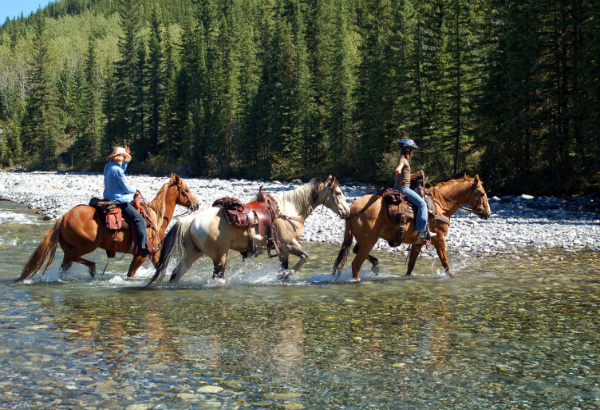
White Water Rafting
An extensive network of rivers, lakes, fjords and beaches means Canada's also great for aqua adventures, from serene paddling in a quiet stream to white-knuckle white water madness.
Early snow melt can make for some fantastically challenging conditions, but unfortunately for the adrenaline junkies, most tours won't let you take on the toughest grade four and five rapids without prior experience.
This is an obvious safety precaution but some companies use it as a revenue raiser, requiring you to pay for a class three run before attempting the harder sections, regardless of previous experience.
If you've been rafting before and want to skip an expensive introduction, make sure to ask for the company's policy on difficult rapids.
If you choose to go rafting, these are the top rivers to visit, offering the best conditions and tour operators: Kicking Horse River, British Columbia; Kipawa River, Quebec; Shubenacadie River, Nova Scotia; Fraser River, British Columbia; Ottawa River, Ontario/Quebec.
Canoeing and Kayaking
If the quick intense experience isn't your thing, why not take a few days to meander down a river, around a lake or along a scenic stretch of coastline?
As well as catered cruising tours, there are plenty of places to rent a kayak or a canoe for those wanting to get back to nature. If you decide to take this route, here are a few tips to keep you above water.
Moor your craft well above the high water mark whenever you land. You don't want to be surprised by a large tide and have to watch your only means of transport drift off downstream.
The wider the kayak, the more stable it will be. Beginners, if you don't want to spend a lot of time in the water, choose a chubby boat. Make sure you have appropriate waterproof gear.
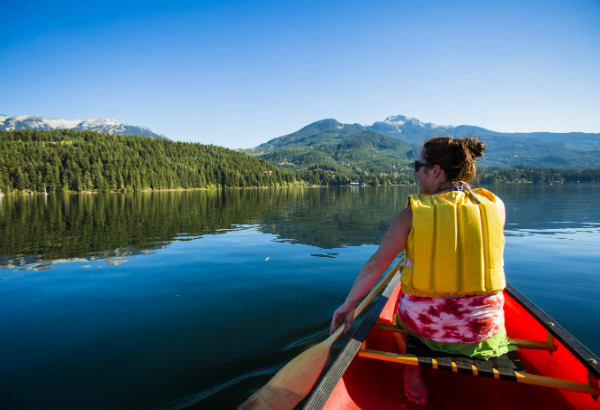
Even if it's a glorious spring morning, chances are the water your floating on has come off a snow-covered mountain or glacier and will be rather chilly. A plunge into below 8˚C can cause hypothermia in minutes.
A change of clothing in a watertight container can be a lifesaver if you do get wet. Wildlife congregates on the banks of rivers and lakes and canoes and kayaks will often bring you into close contact animals. On the water you may feel safe and isolated from land creatures but you aren‘t.
Bears deserve special mention because of their speed on land and in the water. In 2008 a black bear swam across Gordon River in Victoria, British Columbia before climbing onto a dock, jumping into a fishing boat and mauling a man on board.
If you decide to head seaward, remember that around coastlines and navigable channels, cargo ships and large ships have to stick to very clear routes, leaving them no room to manoeuver around you.
Your size means they won't be able to see you on radar and their size means their line of sight to you will be cut off at around 800m. Give them a wide berth.
Although traveling in populated areas means emergency contact will be easier, mobile phones should not be solely relied upon and can't be trusted to function everywhere. Radios and satellite phones are a safer and more reliable option.
Related articles
Simple and flexible travel insurance
You can buy at home or while traveling, and claim online from anywhere in the world. With 150+ adventure activities covered and 24/7 emergency assistance.
Get a quote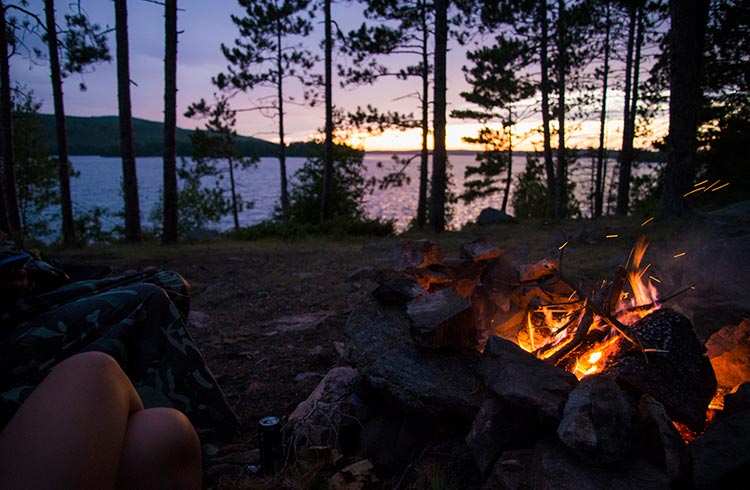


No Comments